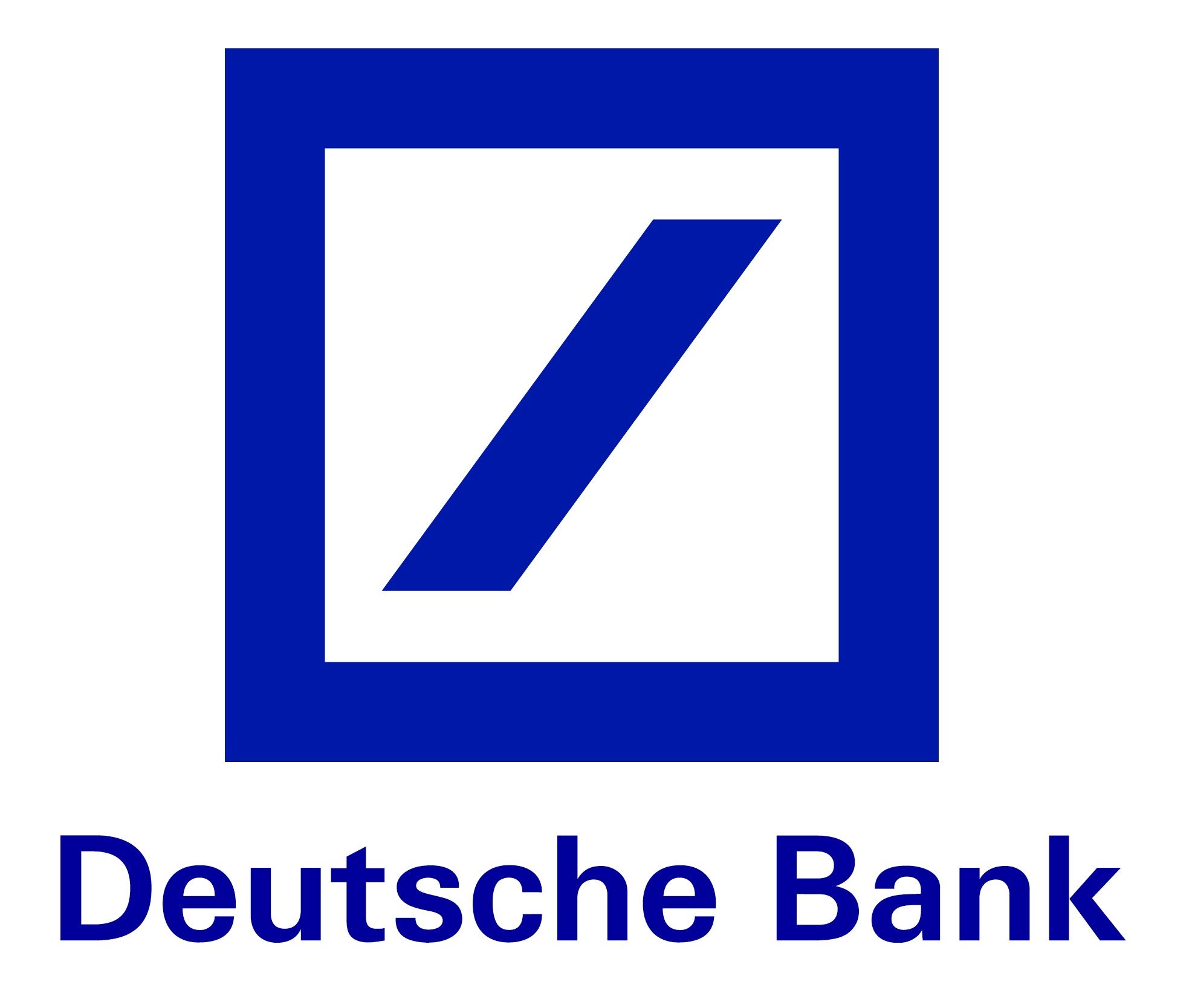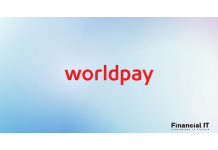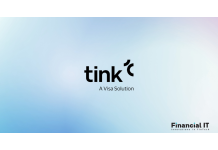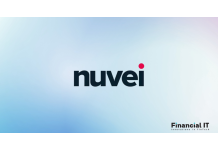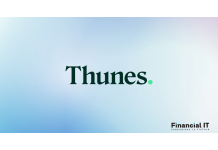Thredd Powers Successful Migration of BigPay’s Card...
- 03.12.2025 02:45 pm
Six Payments Trends for 2026
- 03.12.2025 09:50 am
ClubManager Accelerates UK Expansion with Worldpay’s...
- 03.12.2025 09:45 am
Fidelity International Introduces Tink’s Pay by Bank...
- 03.12.2025 09:45 am
Cozey Partners with Klarna to Bring Flexible Payment...
- 03.12.2025 08:35 am
Nuvei Expands Partnership with Microsoft
- 03.12.2025 08:25 am
Klarna Launches Tap to Pay for In-Store Purchases...
- 03.12.2025 08:15 am
Colombian Fintech MOVii Enters Peru to Operate as a...
- 03.12.2025 08:05 am
Thunes Asia Receives In-Principle Approval to Expand...
- 02.12.2025 01:25 pm
dLocal Now Offers Global Merchants Access to Brazil’s...
- 02.12.2025 01:25 pm
Checkout.com Announces 62% YoY Growth Over Black...
- 02.12.2025 11:45 am
Enfuce Enters Belgium and Luxembourg with Monizze to...
- 02.12.2025 10:25 am

